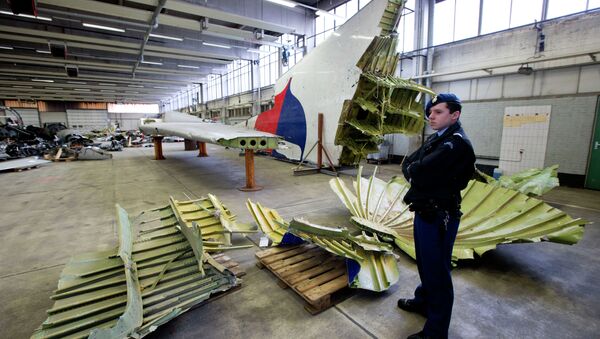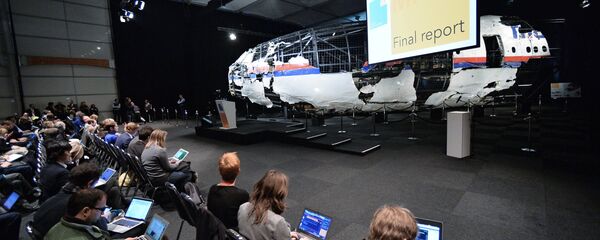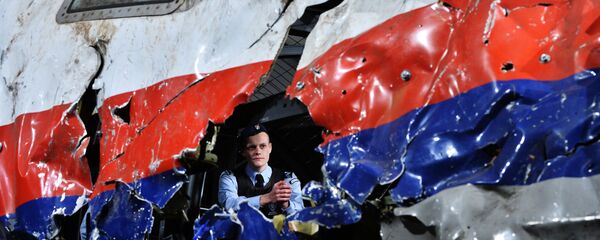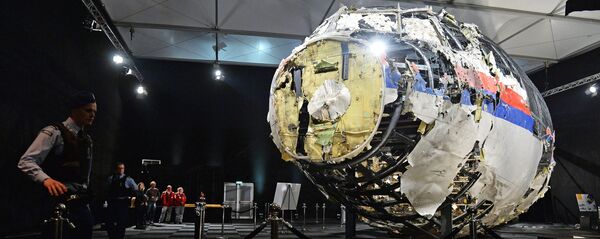The interview came after the Russian Investigative Committee signaled its readiness to send airspace and primary radar data on the MH17 plane crash in eastern Ukraine to the officials in the Netherlands tasked with investigating the matter.
"The information regarding the disaster came to the disposal of the Russian Investigative Committee and will soon be handed over to the Dutch," spokesman Vladimir Markin told reporters.
Earlier this month, the arms manufacturer Almaz-Antey said, for its part, that one of its radar and control system production plants uncovered and submitted raw primary radar images of the Donetsk airspace that includes images taken on July 17, 2014, the date of the MH17 crash.
He also described it as "very interesting, scientifically sound and experimentally verified documents which are presented in the form of a full-fledged report."
"Russia has repeatedly tried to discuss the issue with the Netherlands and the international community. Although we have more than once offered them [the opportunity] to deal with our data on the matter which are publicly available, they continue to turn a deaf ear to our proposals. The investigation is reportedly being held under the auspices of the International Civil Aviation Organization, but I think it is controlled by Washington," Popov said.
He expressed hope that the situation would change soon, pointing to the spate of political and economic woes Europe is currently going through.
"Now some changes will hopefully be in place, and diplomatically, the Netherlands will have to react to the materials that they obtain [from us]. If they want all the objectivity, they will get it," he pointed out.
With Dutch prosecutors due to publish the second part of their probe into the MH17 plane crash on September 28, a team of Russian volunteers and bloggers have come up with additional facts breaking down the lies and half-truths surrounding the tragedy.
Earlier, they published their first findings about the 2014 MH17 crash, titled "Anti-Bellingcat Report."
The analysis of the Bellingcat investigation shows that from the very beginning, the so-called "independent experts" adhered to a pro-Ukrainian version of the tragic story of the MH17 crash, which held that the regional militia was culpable.
Last October, Dutch investigators published a report which said that MH17 appeared to have been shot down by a Buk surface-to-air missile system, produced by Almaz-Antey, a Russian defense manufacturer. Investigators could not conclusively determine the precise area that the missile was fired from.
Almaz-Antey went ahead with its own investigation into the crash, finding that the missile which hit the plane could only have been launched from the settlement of Zaroshchenske in the Donetsk Region, which was under the control of Ukrainian forces at the time of the incident.





